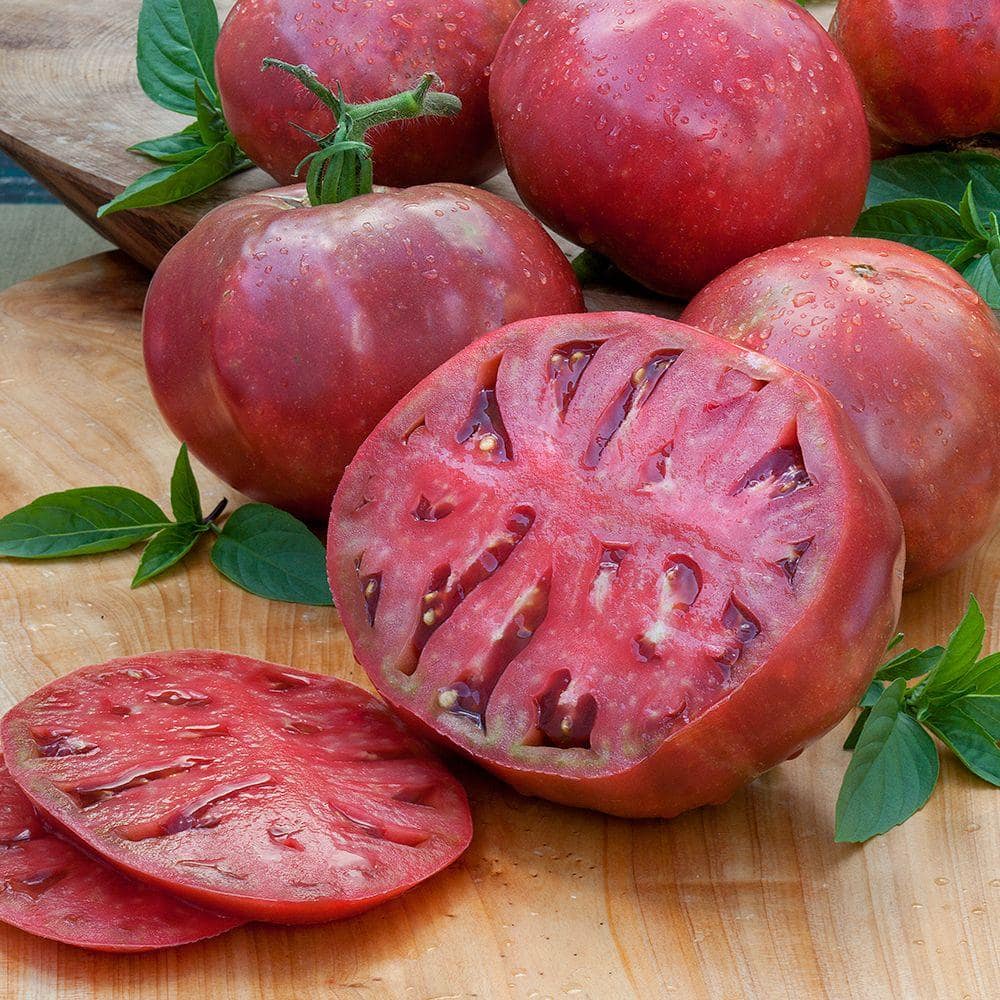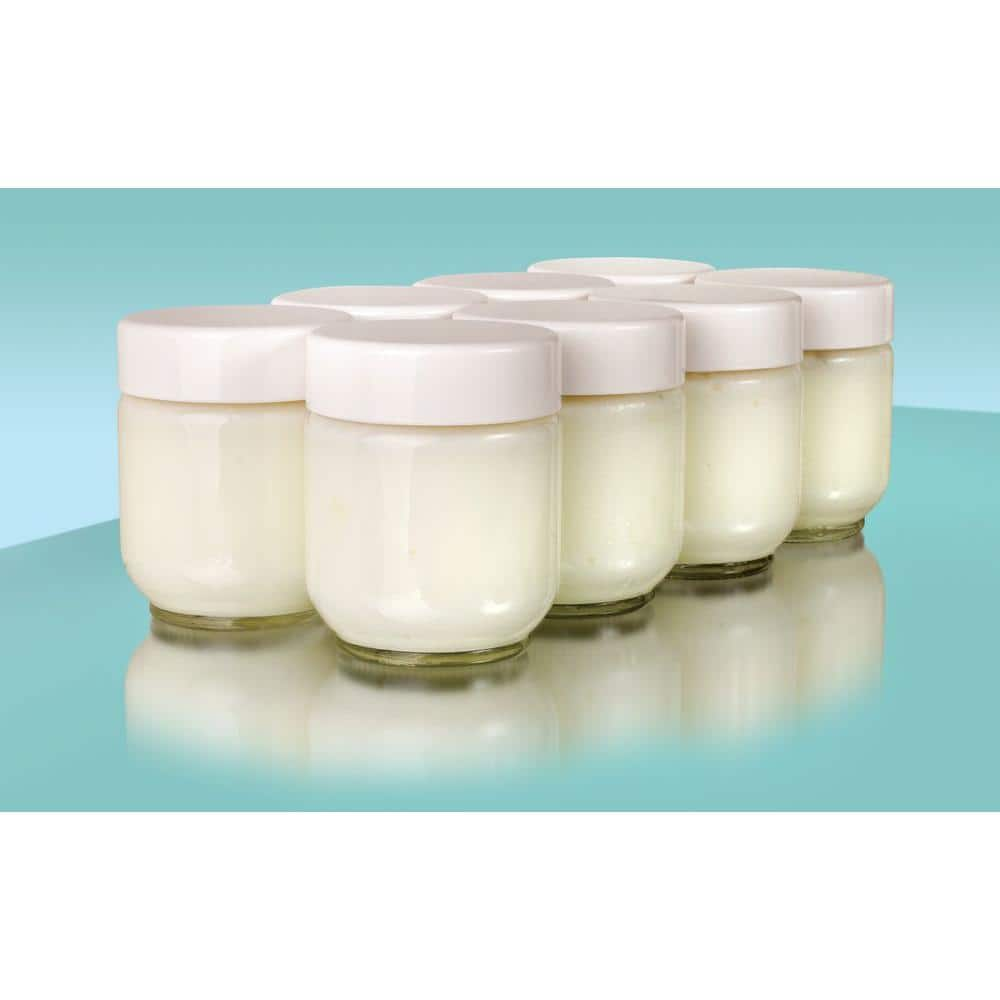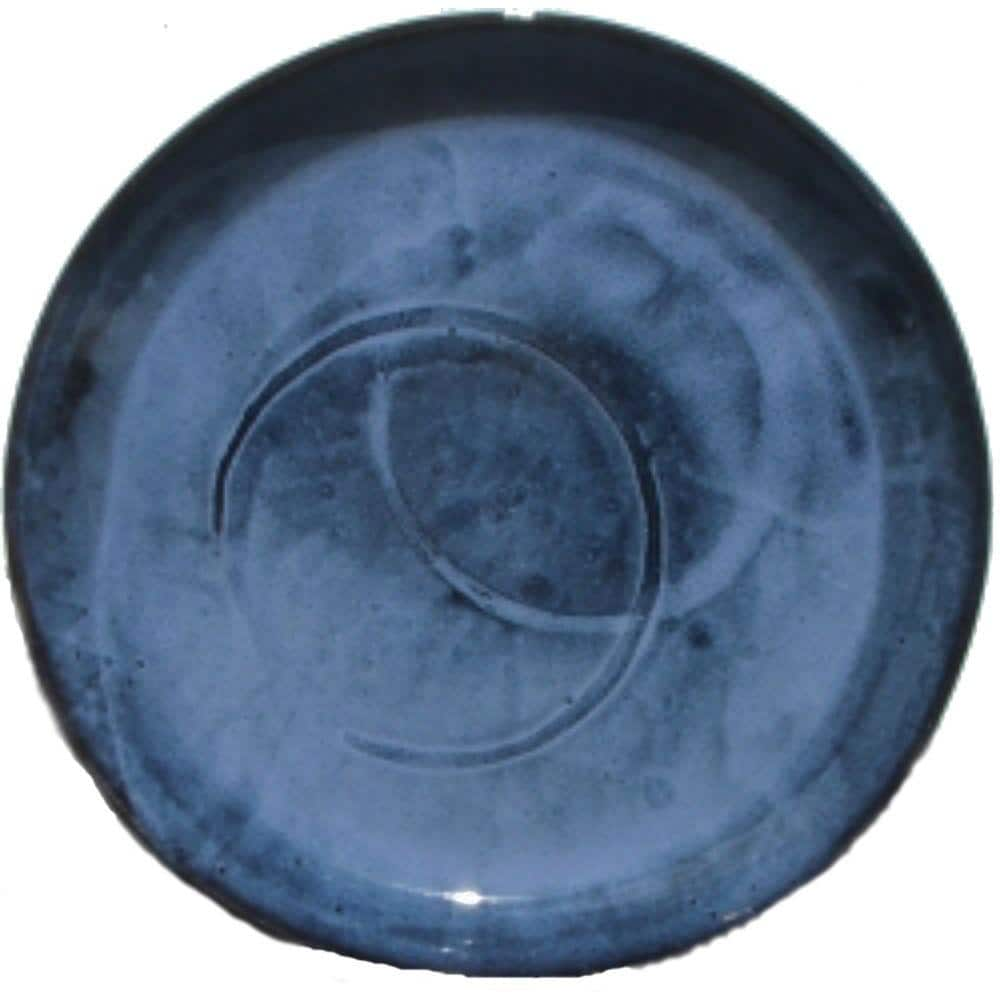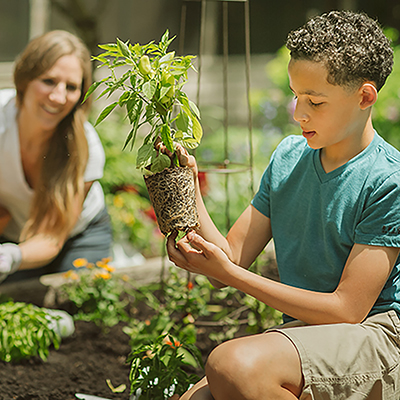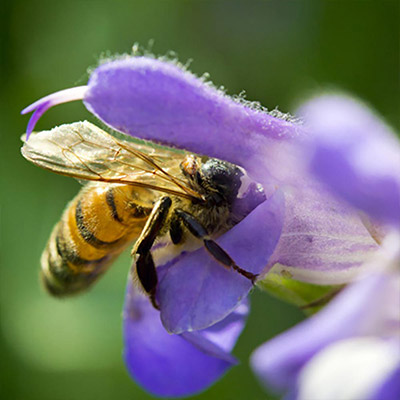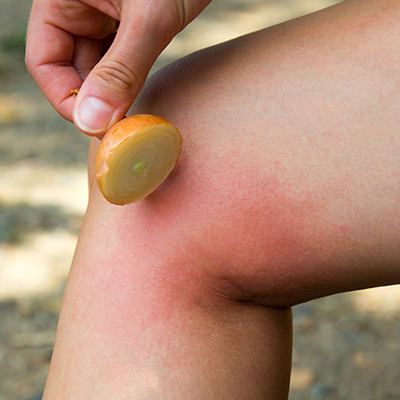Tips for Starting a Backyard Beehive
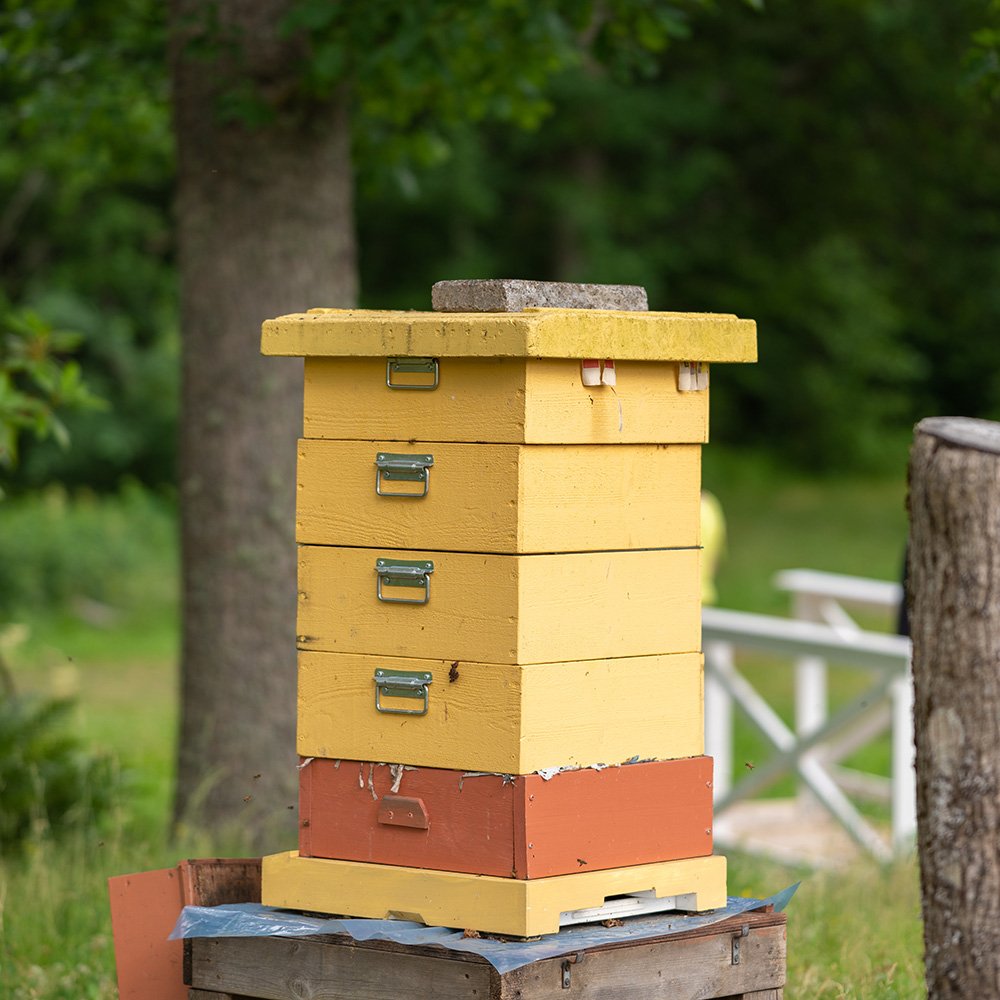
Last updated September 7, 2023
If you’re a beginner at beekeeping, you might be confused as to where to start. Not to worry, if you can garden, you can keep bees.
One of the joys of gardening is the harvest you produce. And while the main benefit of beekeeping is the honey, the added bonus is that the bees help vegetables and flowers thrive. Your garden will look good and produce more when you keep bees.
Learn what it takes to start a hive and help it thrive.
Table of Contents
Choose the Best Location
Choose a Hive and Source Bees
Care for Bees
Harvest Honey
Choose the Best Location
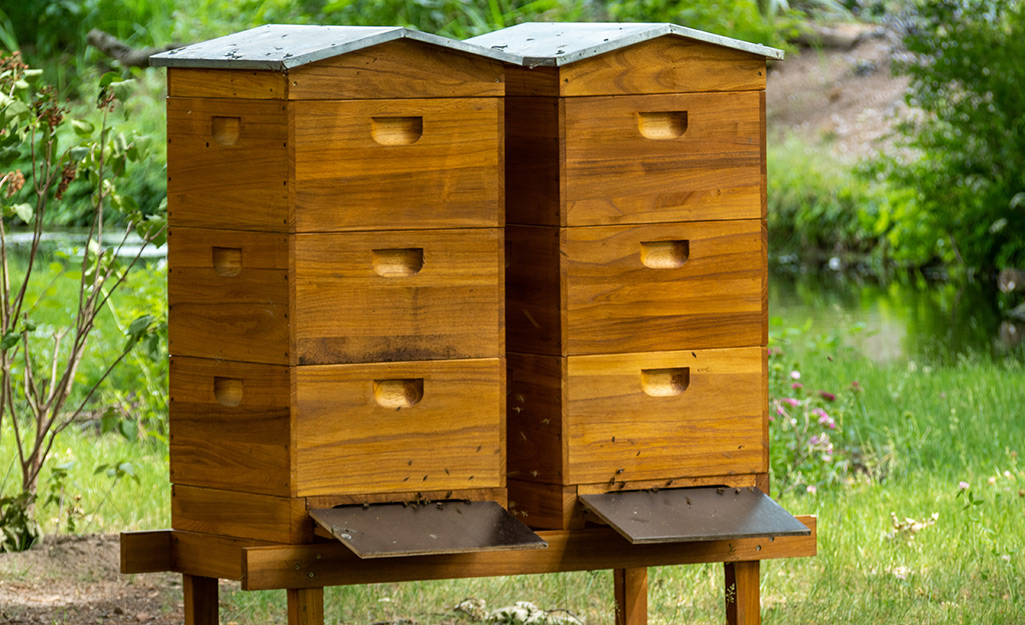
Bees like it warm, but not too hot. Face hives south and keep them off the ground to protect from water and critters. Choose a spot that also has protection from wind.
Provide Plenty of Privacy
- Keep hives at least 50 feet away from high-traffic areas such as swing sets, pools or patios. A green or man-made privacy screen also keeps bees and people happy.
Bee Prepared
- Check your community’s laws on keeping bees. This may determine the number of bee boxes you can keep and how close to the property line you can set the boxes. Talk with your neighbors and share information about the value of bees. If you haven’t already, learn about your local beekeeping organization and sign up for beekeeping classes.
Choose a Hive and Source Bees
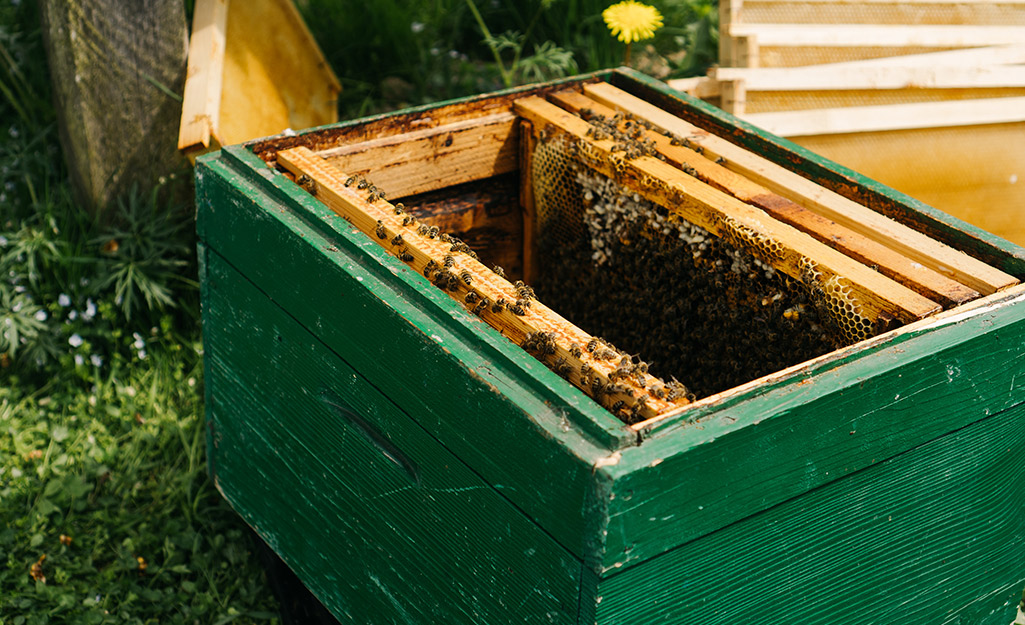
Choose a hive. Then, pick up basic beekeeping tools such as protective clothing, a smoker, pellets and feeding supplies. You can also grab a book on backyard beekeeping for more in-depth information.
Source Your Bees
- Order bees in January for shipment or pickup in spring. Ask your local beekeeping association for advice on where to order. Also ask for advice on buying packaged bees, nucs (small honeybee colonies), a swarm or an already-started hive. Each has pros and cons and you want what works best in your area.
Care for Bees
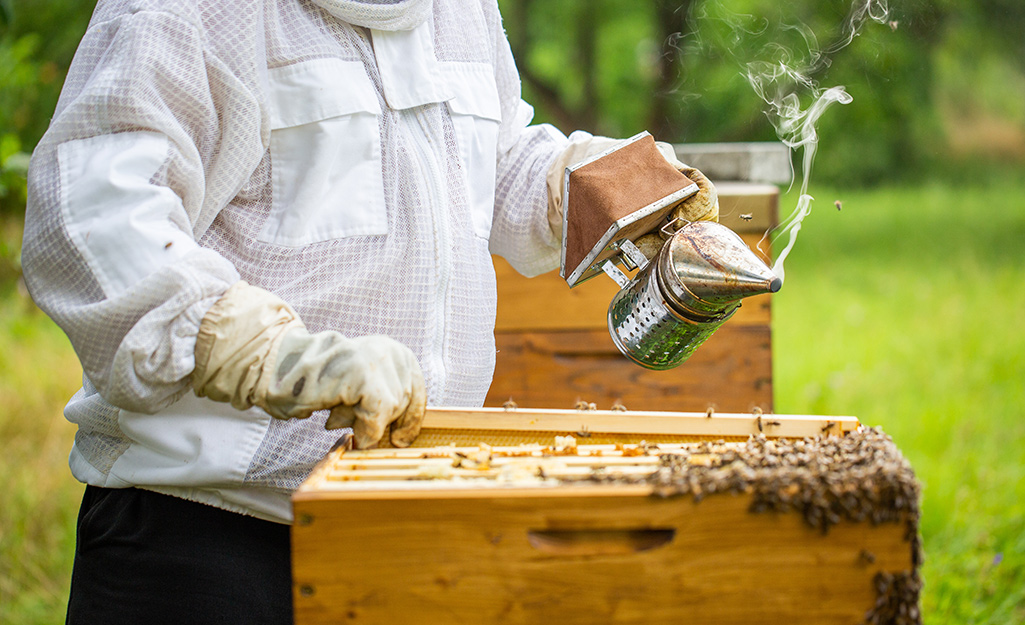
Keep Young Bees Well-Fed
- Young bees do all the hard work and support the queen. Whether you make your own nectar with sugar water or provide store-bought food, young bees need to be well-fed. Use a frame feeder to reduce the chance of attracting wildlife.
Check Hives Regularly
- Inspect hives about once a week for the first few months. Once you feel confident, check every two weeks. Ensure the outside of the hive and landing board are clean. Check for mites, ants and other pests. Treat if necessary.
Keep Fresh Water Close
- Be sure bees have access to fresh water near the hive. Fill a large plant saucer with river rocks or stones and place next to the hive. Ensure water is refreshed daily.
Harvest Honey
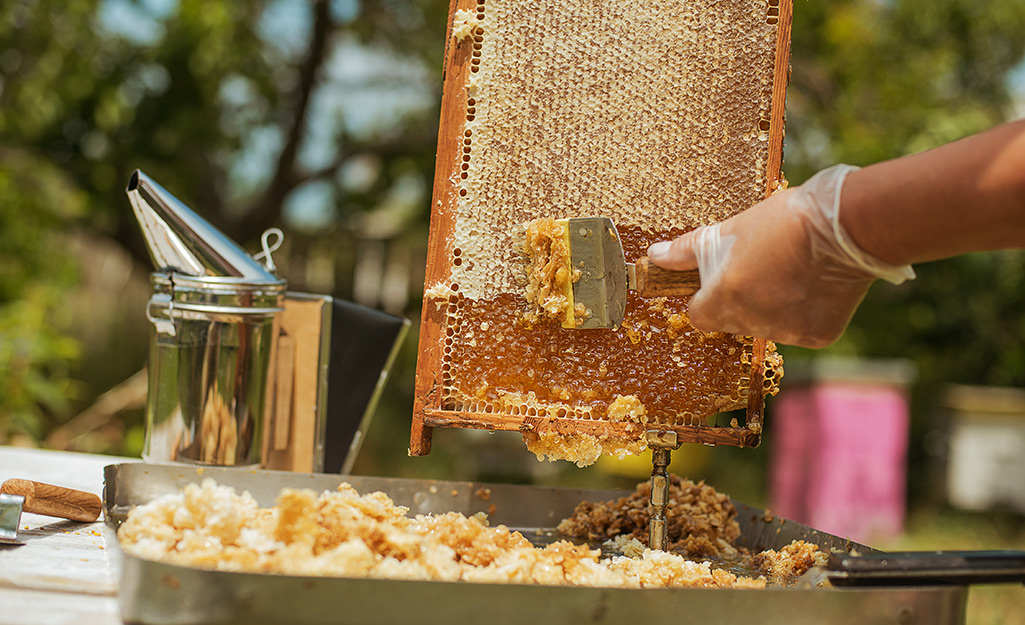
A smoker is a beekeeper’s friend. Smoke signals danger and triggers the bees to move their hive. To prepare for the move, they consume honey which makes them lethargic.
This slower activity makes bees more manageable and creates a safer work place. Smoke doesn’t guarantee you won’t get stung, but it does decrease the chance
Harvest
- Bees spend the first year building up their hive. You can typically harvest honey by the second spring or early summer.
Tip: Plant a variety of edibles and native flowers around your garden to provide food for your hive. Bees like clovers, legumes, berry plants, milkweed, morning glory and sunflowers, to name a few.
Your garden will benefit when bees are kept nearby. Keeping bees is a good way to increase your success in the garden.
Whether you need the right bee accessories or more, The Home Depot delivers online orders when and where you need them.
